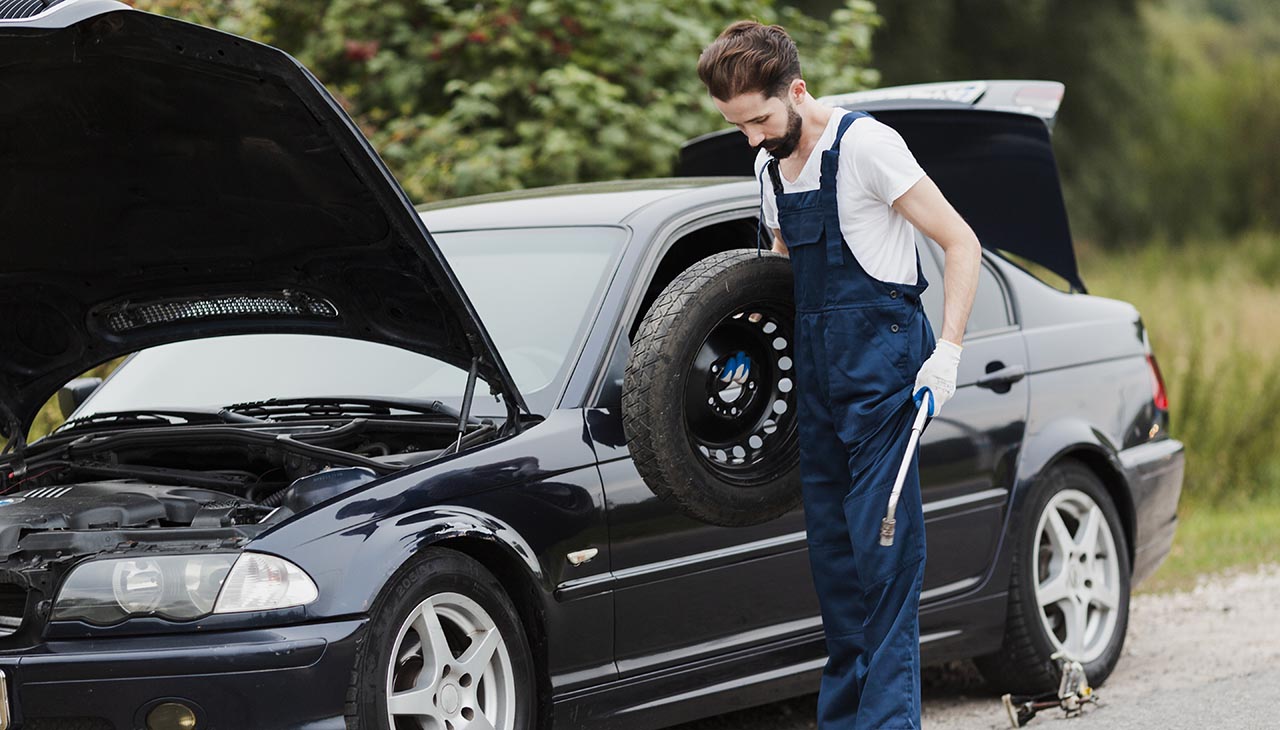Introduction
Auto wrecking is an essential service for car owners and DIY enthusiasts alike. Whether you need spare parts for a restoration project or are looking to dispose of an old vehicle, choosing the right auto wrecker can make all the difference. A reliable auto wrecker ensures that you get quality parts and services while contributing to environmentally friendly practices through efficient recycling.
In this blog post, we’ll guide you through the process of selecting a trustworthy auto wrecker. We’ll cover what to look for, provide practical tips for your search, and share real-life success stories to illustrate the impact of making the right choice.
What to Look for in an Auto Wrecker
Choosing the right auto wrecker involves several key factors. Here’s what you should consider:
Experience and Reputation
Experience matters in the auto wrecking industry. A wrecker with years of experience is likely to have a comprehensive understanding of various vehicle makes and models, ensuring they can provide the parts or services you require. Look for companies with a solid reputation, which is often reflected in their longevity and customer feedback.
Range of Services
A good auto wrecker should offer a wide range of services, including:
- Part Sourcing: Access to a diverse inventory of quality used parts at competitive prices.
- Scrap Car Removal: Efficient removal of unwanted vehicles from your property.
- Vehicle Recycling: Environmentally responsible disposal of vehicles, ensuring minimal waste.
Environmental Practices
Given the environmental impact of automotive waste, it’s crucial to choose an auto wrecker committed to eco-friendly practices. Look for companies that follow stringent recycling procedures and contribute to reducing landfill waste by reusing and recycling vehicle components.
Tips for Finding the Right Auto Wrecker
Finding a reliable auto wrecker involves some research and due diligence. Here are some tips to help you in your search:
Research and Compare Local Auto Wreckers
Start by compiling a list of auto wreckers in your area. Use online directories, search engines, and local business listings to identify potential candidates. Compare their services, pricing, and customer reviews to narrow down your options.
Seek Recommendations from Trusted Sources
Word-of-mouth recommendations can be invaluable. Ask friends, family, and fellow car enthusiasts for their experiences with local auto wreckers. Personal referrals often point you toward reputable businesses that might not be as visible online.
Review Customer Feedback and Testimonials
Online reviews and testimonials can provide insights into an auto wrecker’s reliability and customer service. Look for patterns in feedback—consistent praise or recurring complaints can help you gauge the quality of service you can expect.
The Process of Choosing an Auto Wrecker
Once you’ve identified potential auto wreckers, follow these steps to make an informed decision:
Contacting and Evaluating Wreckers
Reach out to the shortlisted auto wreckers to discuss your needs. Evaluate their responsiveness, willingness to answer questions, and knowledge about their services. A professional and informative response is a positive indicator of their reliability.
Negotiating Prices and Understanding Terms of Service
Price is an important factor, but it shouldn’t be the only consideration. Ensure you understand the terms of service, including any warranties on parts, return policies, and the specifics of their scrap car removal process. Negotiate prices where possible, but prioritize value over cost.
Making the Final Decision and Scheduling Service
After evaluating all factors, make your final decision and schedule the required service. Confirm all details in writing to avoid misunderstandings and ensure both parties are on the same page.
Case Studies and Success Stories
To illustrate the importance of choosing the right auto wrecker, here are a couple of real-life success stories:
Case Study 1: John’s Restoration Project
John, a classic car enthusiast, needed hard-to-find parts for his vintage Mustang restoration. After researching and comparing several auto wreckers, he chose a reputable company with a wide inventory. Not only did they provide the exact parts he needed, but their knowledgeable staff also offered advice on installation. John’s project was a success, thanks to his choice of a reliable auto wrecker.
Case Study 2: Sarah’s Eco-Friendly Vehicle Disposal
Sarah had an old, non-functional car taking up space in her driveway. She wanted to dispose of it responsibly. After seeking recommendations and reading reviews, she opted for an auto wrecker known for its environmental practices. They efficiently removed her vehicle and ensured it was recycled according to environmental standards. Sarah was pleased with the hassle-free and eco-friendly service.
Conclusion
Choosing the right auto wrecker is crucial for car owners and DIY enthusiasts. A reliable service provider not only helps you find quality parts and services but also contributes to environmental sustainability through responsible recycling practices.
Remember the key factors: experience, reputation, range of services, and environmental practices. Use our tips to research, compare, and evaluate potential auto wreckers to make an informed decision.
We encourage you to share your experiences and advice with fellow car enthusiasts. Your insights can help others find reliable auto wreckers and make informed choices. If you have any questions or need further assistance, feel free to reach out to us. Let’s continue the conversation and drive forward together!

